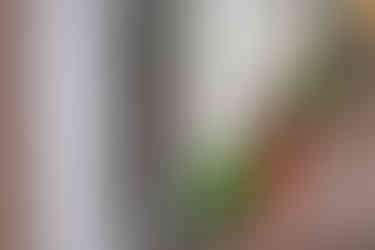Between life and death
- stiftungkanthaboph
- Oct 8
- 3 min read

I traveled to the small town of many temples in September, at a very special time of year. It is the rainy season, thick clouds hang in the sky and flood the streets. The abundance of water makes the green of the tropical plants look particularly lush and the rice fields shine in an emerald green hue. The countless golden shrines in the front yards of the bungalows are lavishly decorated with fruit and decorations. This interplay of colors, climate, and light creates a unique atmosphere.
These days, Cambodia is celebrating one of its most important religious and cultural festivals. Pchum Ben, also known as the Festival of Ancestors. Over a period of 15 days, believers across the country visit pagodas and offer fruit, rice, and other gifts, believing that these offerings will reach the souls of their deceased relatives. Pchum Ben is deeply rooted in Buddhism and marks a time of intense spiritual reflection. The Cambodian people believe that during this period, the gates of the spirit world are open and the souls of the deceased, especially those who have not received proper rituals or burials, wander around. By offering food and prayers, believers hope to bring peace to these souls.
Even in the hospital between the palm trees, life and death are often close together. This is particularly noticeable during the Pchum Ben festival. While the deceased ancestors are commemorated in pagodas throughout the country, a form of ceremony also takes place in the hospital, adapted to everyday clinical life but based on the same tradition. So that the staff did not have to leave before sunrise to get to the temples, the monks were invited to the hospital. Thus, the festive day began early in the morning in the hospital courtyard. The atmosphere was calm and solemn. The entire staff had gathered to sing, pray, and receive the monks' blessings. The monks said their prayers, sang rhythmic verses, and finally blessed the staff with holy water. It was a moment of silence, deep connection, and gratitude.
This year's festivities coincide with the anniversary of the death of Dr. Beat Richner, who passed away on September 9, 2018. A ceremony was held in his honor that was deeply moving. Many employees stayed behind after the official part of the ceremony to bow before his stupa or simply pause for a moment of silence. Gratitude for what Dr. Richner built and left behind is omnipresent. A portrait of him hangs in many rooms of the hospital, often in a golden frame, even in the operating rooms. Seeing it is a daily reminder of what he built and of the values that live on here just as steadfastly.
His name is spoken with deep respect throughout the country. During the festive season, all the monks from Siem Reap's monasteries gathered one day in front of Dr. Richner's stupa to pay their respects and make a donation. They transformed the hospital into a sea of orange, brightly lit by their presence. Even poor families donate, albeit small amounts, to express their gratitude to the hospital that helped them in difficult times. “He was like a father to us,” says Director Chantana, who, together with Co-Director Khun, was personally selected by Richner to help build the Kantha Bopha Children's Hospitals. Both have been part of this story since day one, which goes far beyond medicine.
The golden shrine in the hospital courtyard also shines in vibrant colors every day. Relatives regularly bring fresh fruit and light incense sticks to pray for the recovery of the sick children. These rituals give parents strength and hope. At the same time, there is great trust in the hospital's doctors. Without their dedicated and free treatment, the prospects of recovery for many children would be unimaginable.
With warm regards from Siem Reap
Jan


















Comments